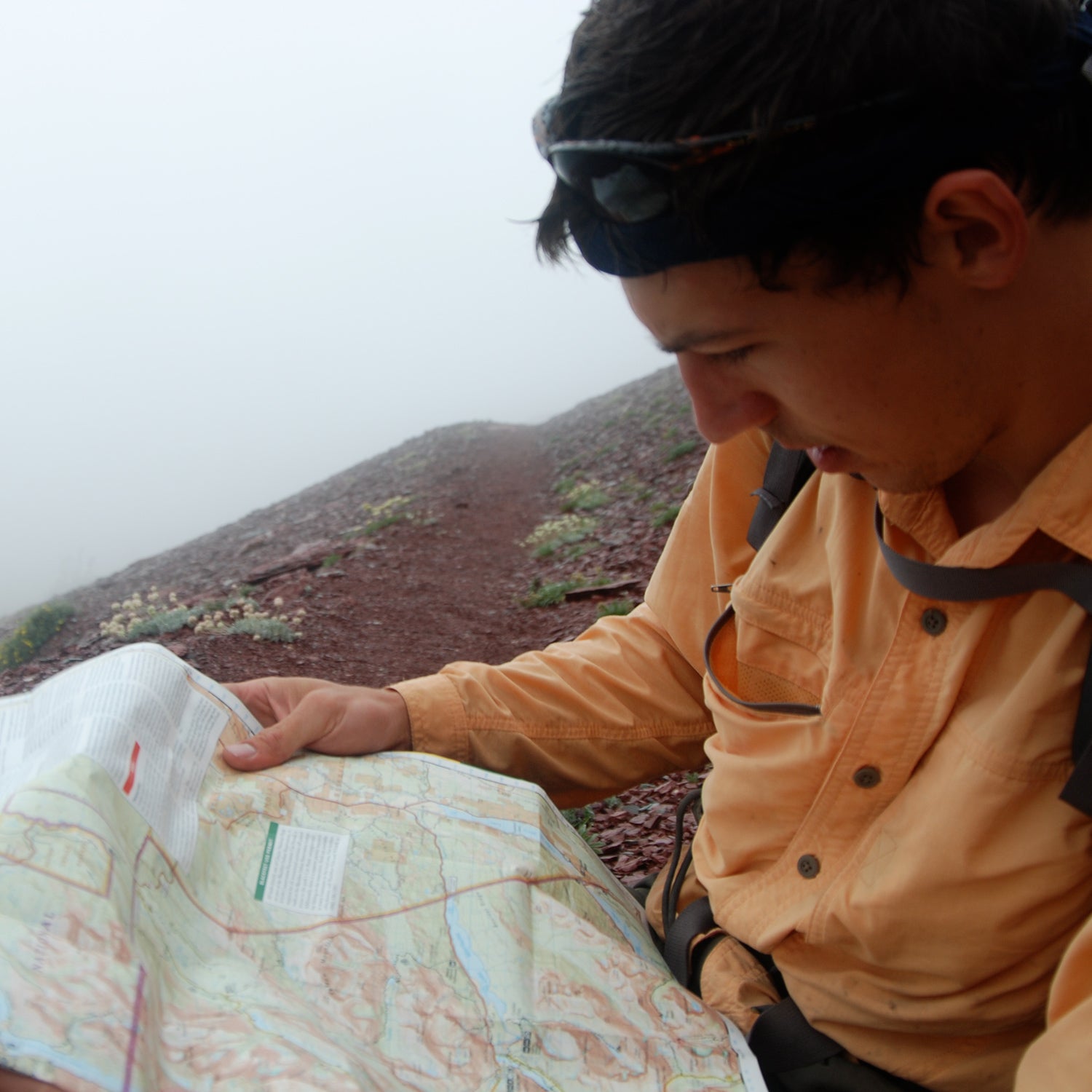Years ago, a friend and I showed up at a ranger station in Glacier National Park on a crowded day in mid-August, hoping to score a last-minute backcountry permit. We got lucky enough to nab three spots at alpine lakes along the Belly River Trail for what should have been an amazing few days. The first two were incredible, with perfect weather. On day three, though, the clouds rolled in.
We spent too much time fishing in the morning and were caught off guard when the storm hit that afternoon. The weather worsened as we hiked toward our next camp site. All our gear got soaked, and our spirits dropped as we realized we were woefully unprepared. So we changed our plan and headed back to civilization and a dry bed. By the time we made it out, our blisters had blisters and neither one of us was speaking to the other. Had we just stuck it out and kept to our planned route, the afternoon would have been much more pleasant. That night, the weather cleared, but we were already long gone.
Instead of another night at a picturesque lake in the Crown of the Continent, my trip got cut short and my buddy and I almost murdered each other just because we weren’t equipped to deal with a little rain. Lesson learned. Thankfully, dealing with rain is as simple has having the right things with you.
Pack Rain Cover
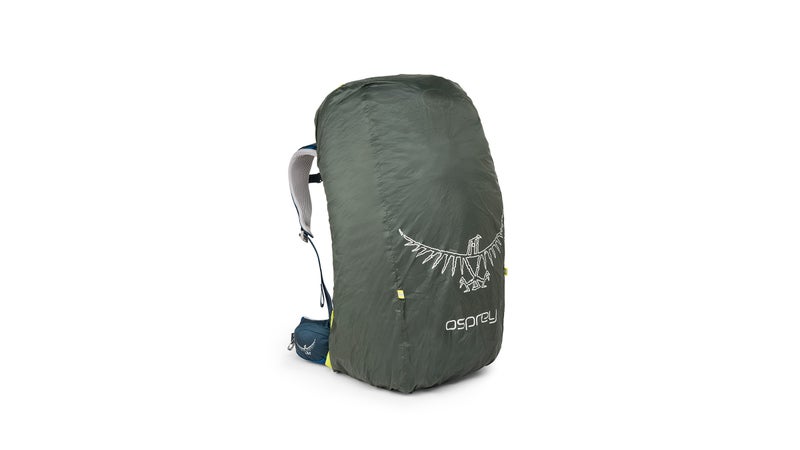
If you’re backpacking and it starts to rain, the first thing you should do is cover your pack. Nothing’s worse than arriving at camp only to learn your tent and everything else in your bag is drenched. A dedicated cover like is a great thing to have and won’t break the bank at $30. Heavy duty trash bags will get the job done, too—use them as backup.
Dryer Lint and Tinder
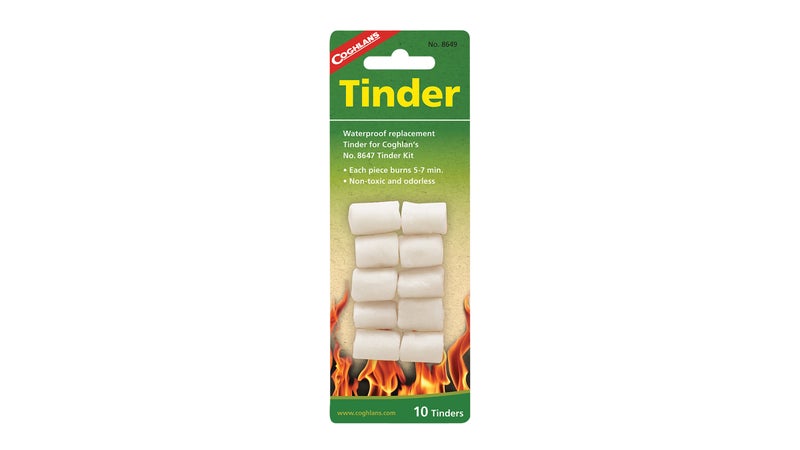
Ever try starting a fire in the rain? Not fun. Dryer lint won’t make it any more fun, but should make it easier—it burns impressively well and has helped me get a fire going more times than I can count. Cotton balls soaked in Vaseline are another classic firestarting tool, or you can buy that’s essentially the same thing. Just bring something to help get the fire going: you’ll be a lot happier and your stuff will dry a lot faster.
Wool Shirt
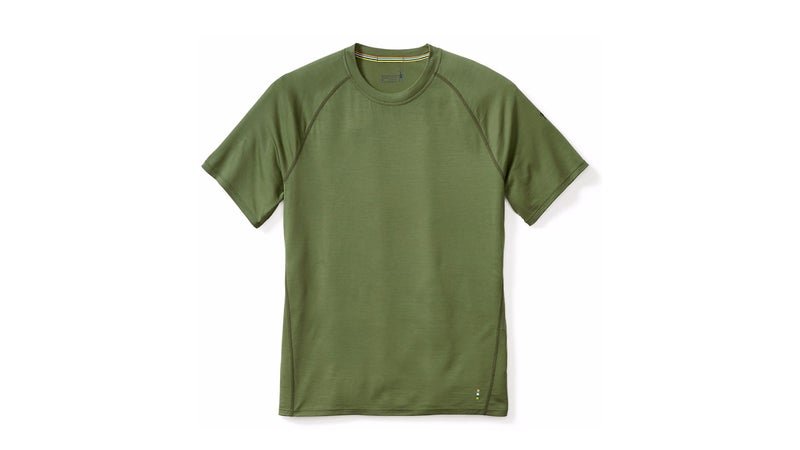
Wool insulates even when it’s wet, so it’s a great choice if you think you’ll run into foul weather. Wool is often more expensive and less durable than synthetic options, but in my experience it's worth the investment, and it keeps the stink to a minimum—a double bonus on long treks. I like Smartwool’s , which make for great base layers in the colder months.
Synthetic Underwear
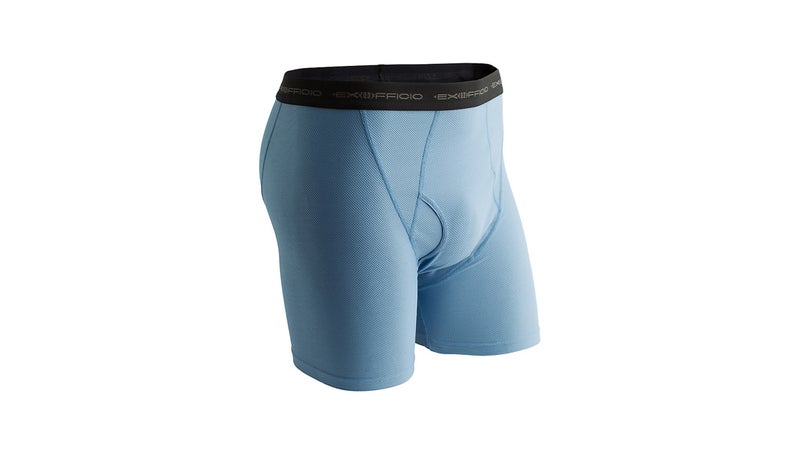
Why not wool? In my experience, synthetic dries quicker and chafes less. ExOfficio’s has been my go-to for a long time: they’re comfortable, dry quickly, and are easy to clean. Once you try them, you won’t go back to cotton underwear, trust me.
Rain Jacket
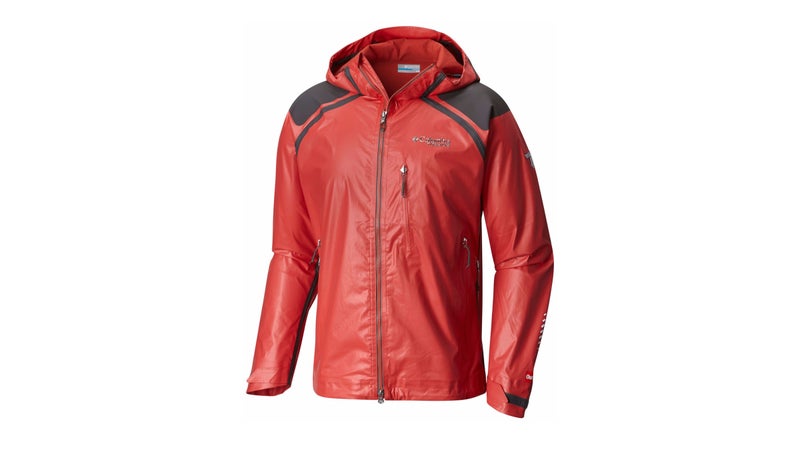
This is a gimme. If you’re going to spend time outside in the rain, you’ll want a rain jacket. The truth is, though, that unless you live in the Pacific Northwest, you don’t need a $600 rain jacket. There are tons of great, affordable options out there—I had great luck with a Marmot Precip for years. You can even get away with a plastic emergency poncho if you live in a dry climate. That said, if you live somewhere really wet, or just want to spend money on a top-notch rain shell, the single greatest rain jacket I’ve ever tested is , which all but eliminates claminess.
Ziploc Bags
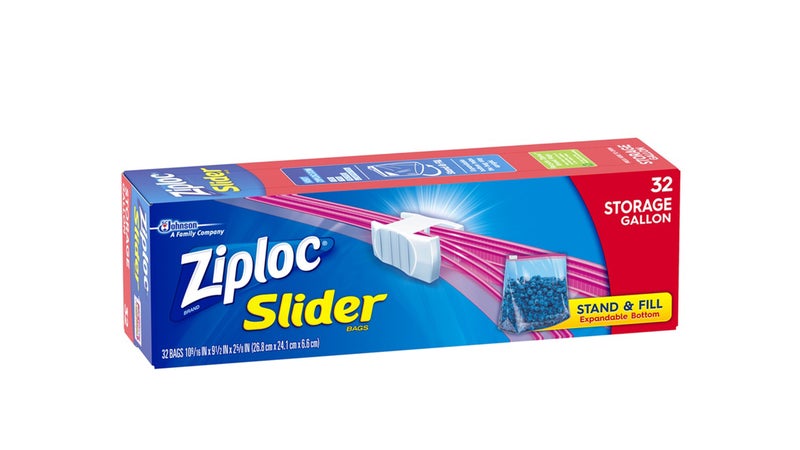
Ziplocs may be my favorite backpacking and camping accessory: their uses are limitless, and they keep your stuff organized and (most importantly) dry. Get the and don’t look back. You don’t need a fancy phone case and a bunch of dry bags unless you’re rafting.
Ready-to-Eat Meals
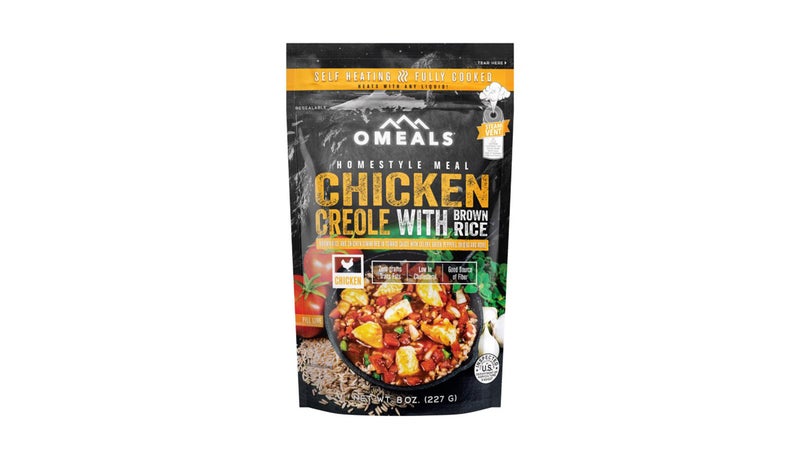
Cooking in the rain is a downer. Yes, you can fire up your stove in the vestibule of your tent, but after a long, soggy day of hiking, I prefer something quicker and easier. Salami and cheese (out of a Ziploc, usually) is my go-to, but I’ve found that from Omeals are actually pretty handy when you’re riding out a storm in a tent. You can use any liquid to heat the meal, which then heats up quickly without a fire or other heat source.
Bonus Item: Nikwax Waterproofing Treatment
You don’t need to take it with you on the trail, but you should keep some Nikwax around the house to keep your gear water resistant. The company makes so you can further waterproof your shoes, tent, pack, and whatever else you’re taking with you.


